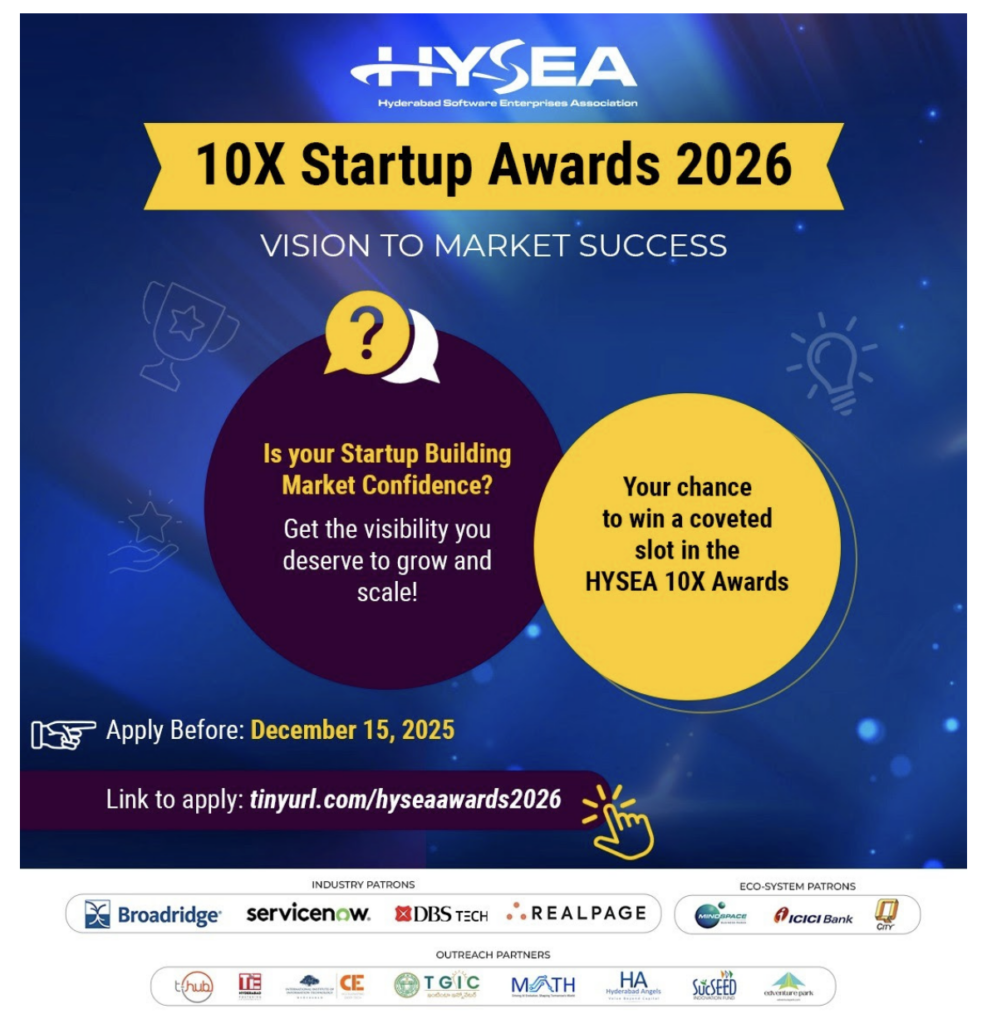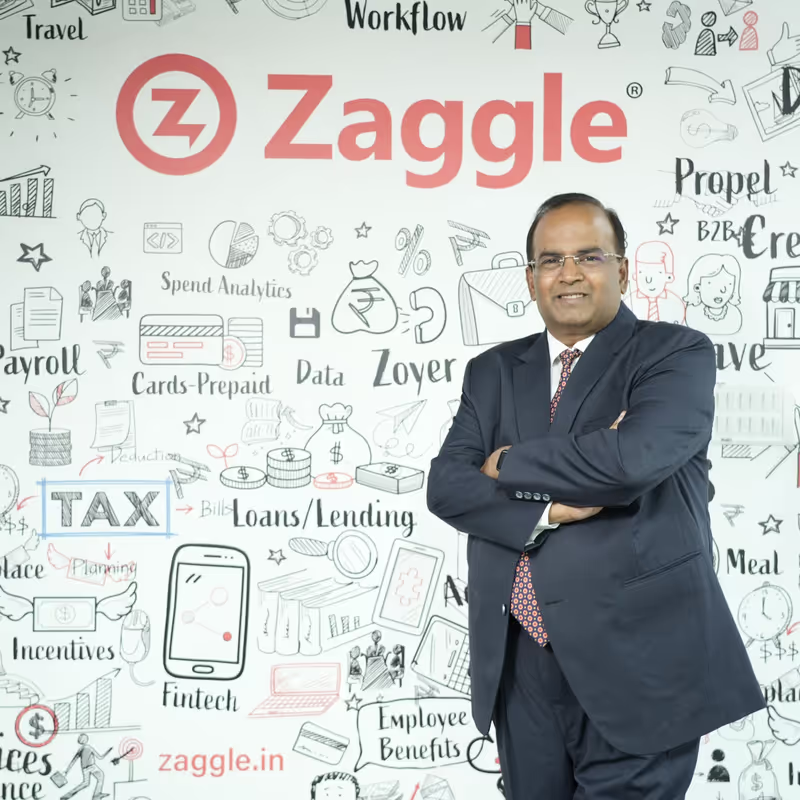Have been hearing about crossing the chasm forever. In a strategy discussion this week, this came up again. Now to look at assessing mature products. Not just startups. Thinking further, clearly there are chasms at all times. If not congnizant, the startup or product may quite not “cross” the chasm. What are some of the key chasms that a startup must keep in view as they embark on their early stages?
These chasms pretty much occur thru the evolution of the startups idea. In the idea stage, there is the opportunity chasm. The opportunity needs to be understood well. A definitive need or gap in the market, that the startup has a way of addressing gainfully. An opportunity with customers that are well segmented and a clear path to reach-out and appeal to each segment. This is the opportunity chasm that the startup must cross without any assumptions coming undone or a key element completely overlooked.
Having identified the opportunity and defined the solution, next challenge is the product chasm. Sifting thru the gazillion requirements that all seem important all at once, to identify those few (precious few) that are most critical to appeal to the initial prospects base. Those few that will help get the initial set of users to try out the product. Not easy to resist the urge to consider every possible feature as being ultra critical for revenue. To be able to look objectively and pick those few capabilities that are most important to win prospect attention and hopefully their money.
Alongside is the bigger marketing chasm. Once one has identified the critical product functional set for winning initial customer, then comes the marketing chasm.every possible segment seems important. Every bleak possibility of closing a deal brings with it a strong temptation to go all out after that segment. Whatever it takes- travel, product capabilities, deep pricing discounts, throw more goodies. And more.. all costing money! Not realizing all thru that laser sharp focus needed in this stage,. Pick those few low hanging fruits and go all out after them, just them. Else the chasm will outrun the limited energy and resources that the startup has.
Having successfully crossed the above three chasms, picked a validated opportunity, identified a super relevant minimal product functional set, picked a key target segment and successfully capture that segment, comes the next one. How to convert these customers into champions. Into strong ambassadors for your product and startup. The customer support chasm. Conflicting demands placed by these customers and new prospects. Not going after a new prospect is leaving money on the table. But going after that may mean losing the opportunity to make the initial customers strong champions for your product. That will help trigger a very strong positive word of mouth. May trigger references. And trigger a more substantial prospects” stream.
And the biggest chasm is that these chasms never end. At every stage the above repeats. As I discovered this week that even for a decades old company with a strong revenue base and deep pockets of funding, there are always chasms to crops. Conflicting priorities to balance. Carefully and objectively assess near term results when picking from these priorities. Ensure a constant eye on the scaling when picking these priorities.
Whoever said a startup was easy! But then, aren”t the rewards of entrepreneurial accomplishments, professional excitement and market results worth it?
- Market requirements chasm.The first chasm is getting the customer requirements right, product or service, to satisfy a real need that a large number of customers will pay real money to satisfy. It takes focus to resist adding a long list of features that seem to make the opportunity larger, but dilute to focus of both you and potential customers.
- Product development chasm.Another common chasm is never-ending product development. Focus is required to resist adding a few more neat features, made possible by the new technology, which in fact make the product more complex to use, impossible to test, and very expensive in time and cost.
- Marketing and sales chasm. Lots of people still believe the major cost of a new product is development. These days, with all the clutter in the marketplace, the highest cost is usually marketing. Focus is required here to pick the low-hanging fruit, break through the clutter, and then move on to the next segment. Marketing costs can be a deep hole.
- Customer support chasm. Products that have features which are unfocused, or aimed at too broad an audience, can be almost impossible to support. Customers need lots of help with installation, or can”t make the product work the way they expect. The result is that customer satisfaction in unachievable or at least very expensive.








